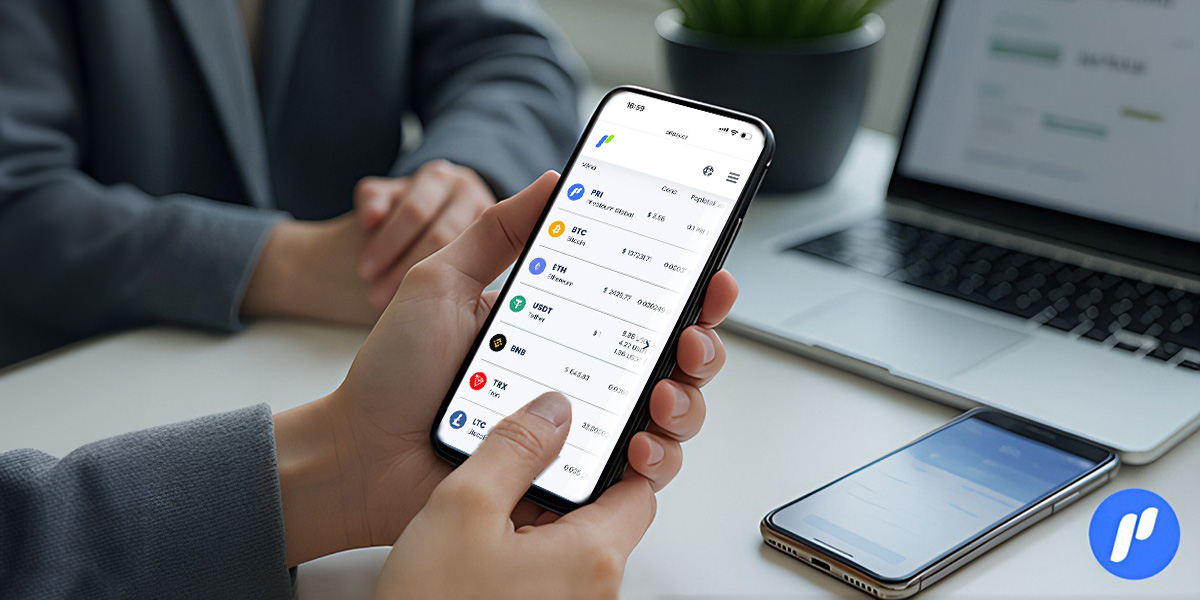Banks face mounting pressure from outdated systems, rising costs, and complex regulations. Blockchain technology offers practical solutions to these challenges. Distributed ledger systems create secure, efficient banking infrastructure that reduces costs while improving service quality.
Traditional bank audits drain resources and take months to complete. Blockchain changes this entirely. Auditors can verify transactions instantly instead of conducting lengthy periodic reviews. Every transaction is authenticated by multiple parties and updated continuously, giving finance teams the power to provide instant reporting to management and external auditors.
Sample-based testing becomes comprehensive transaction verification. Assurance levels improve dramatically.
Blockchain-based systems can reduce auditing costs by up to 70%. PwC’s blockchain “networked audit system” has demonstrated manual reconciliation time reductions of up to 90%. Ernst and Young increased risk coverage from 78% to 99% using blockchain tools.
Banks paid nearly $5 billion in AML fines globally in 2022—a 50% increase from the previous year. Compliance costs keep rising. Blockchain solves this through permanent, unalterable records.
Once recorded, blockchain data cannot be changed. This permanence proves invaluable for Anti-Money Laundering (AML) and Know Your Customer (KYC) processes. Banks maintain tamper-proof client information on blockchain networks, making KYC processes more comprehensive and fraud-resistant. As a result, compliance costs can drop by 30–50%.
Traditional banking systems store records in centralized databases—making them vulnerable to breaches. Blockchain distributes records across numerous nodes, eliminating single points of failure. Cryptographic protection creates a digital fortress for banking operations.
Smart contracts automate processes while maintaining security. These self-executing programs enforce predetermined terms automatically, eliminating manual processing and reducing operational costs.
Blockchain-based systems also enhance protection against impersonation and unauthorized tampering, safeguarding sensitive digital communications.
Speed matters. Traditional banking transactions can take days. Blockchain reduces settlement times to seconds. Combined with fewer intermediaries, this creates substantially lower transaction fees and a more responsive banking infrastructure.
Major Banks Already Use Blockchain—Here’s What They’ve Achieved

Talk means nothing without results. Major financial institutions have moved past blockchain experiments. They’re implementing real solutions that solve actual banking problems.
RippleNet Makes Global Payments Instant
Traditional international transfers take days and cost a fortune. RippleNet fixes this completely.
This global network connects financial institutions worldwide, processing over 1 million payments daily. Cross-border transactions complete in three seconds—not days.
RippleNet uses XRP as a bridge currency, eliminating the need for pre-funded accounts in destination countries. Traditional remittance fees average 6.94% globally. RippleNet charges only 2–3%.
It supports more than 55 countries and 120+ fiat currencies. Westpac, one of Australia’s largest banks, has partnered with Ripple for low-cost cross-border payments.
JPMorgan Quorum Connects 400+ Banks
JPMorgan Chase developed Quorum to solve a critical problem: inefficient interbank communications.
Now called Liink, the network includes over 400 financial institutions. It streamlines compliance inquiries and payment verifications.
With JPMorgan’s treasury services processing over CZK 120 trillion daily, even small gains in speed and reliability translate into major operational improvements.
HSBC Digital Vault Manages $13.5 Billion in Assets
Need instant access to private asset documentation? HSBC’s Digital Vault, built on R3’s Corda blockchain, delivers just that.
Previously reliant on paper-based processes, clients now access data online instantly. It currently manages over $13.5 billion in assets.
Privateum Ecosystem: Bridging Traditional Banking and Digital Finance

Traditional banks operate one way. DeFi platforms work completely differently. Privateum solves this by building a compliant bridge between the two.
Legal Framework That Actually Works
While most DeFi projects operate in regulatory gray areas, Privateum embraces regulated decentralization. It uses zero-knowledge KYC validation to ensure AML compliance without compromising privacy.
Privateum’s structure as a registered cooperative society provides legal transparency while enabling real DeFi access through its wallet, smart contracts, and crypto ATMs.
PRI Token and PRI Pay Wallet—Built for Real Use
The PRI token is the native currency of the Privateum blockchain and is required to use Crypto-ATMs and POS systems. It is also used for transaction fees, staking rewards, and governance.
The PRI Pay Wallet is a non-custodial, secure app that lets users buy, sell, convert, and manage crypto and fiat assets.
Privateum is building Europe’s largest crypto ATM network, allowing users to buy and sell crypto directly with cash, creating real-world demand for PRI.
Built to Scale with Real-World Demand
Privateum’s architecture allows seamless cross-chain transfers, real-time smart contract execution, and full compatibility with MiCA-compliant operations.
Thanks to its own blockchain, Privateum supports on-ramp and off-ramp cash functionality without relying on third-party intermediaries.
The platform’s long-term strategy includes DeFi lending, decentralized exchange integration, and enterprise-level services for institutions.
The Blockchain Banking Market Is Growing Fast
- From CZK 168.6 billion in 2024 to a projected CZK 987.8 billion by 2029.
Banks expect annual savings of CZK 289.8 billion from blockchain adoption.
Central banks globally are exploring digital currencies. Over 80% are piloting CBDCs. - Goldman Sachs estimates that real-world asset tokenization could reach CZK 386 trillion by 2030.
The Bottom Line: Blockchain Banking Is Already Here
- Real-time auditing can cut compliance costs by up to 70%.
- Blockchain reduces settlement times from days to seconds.
- Major banks already use blockchain for treasury operations, payments, and asset custody.
- Privateum shows how DeFi and regulation can work together to make this transformation mainstream.
Banks face a choice: modernize with blockchain—or get left behind.

Leave a Reply